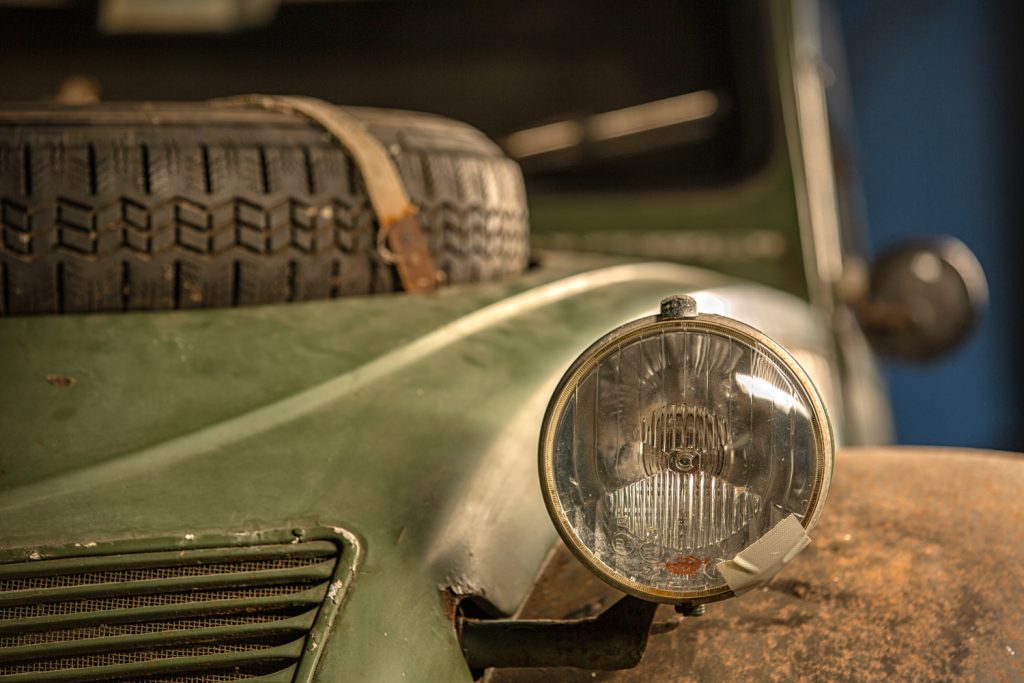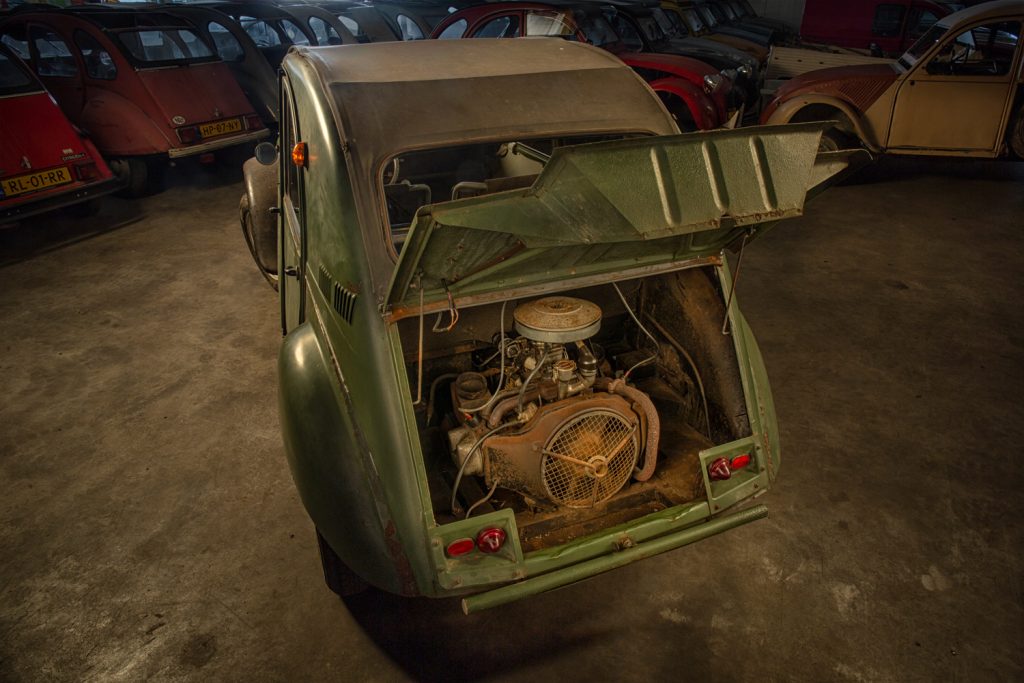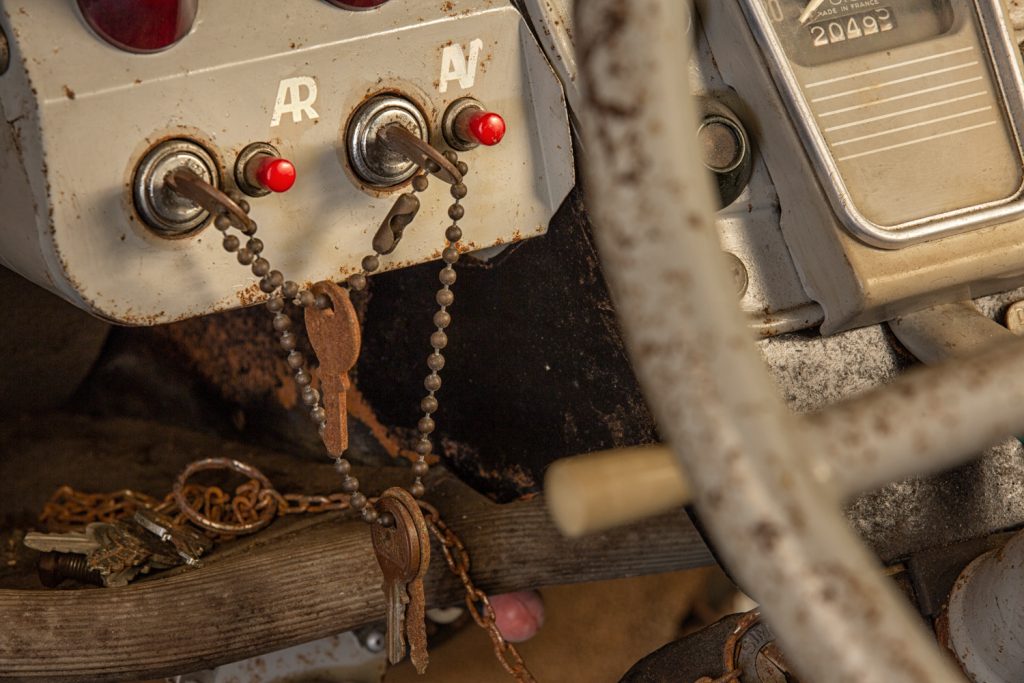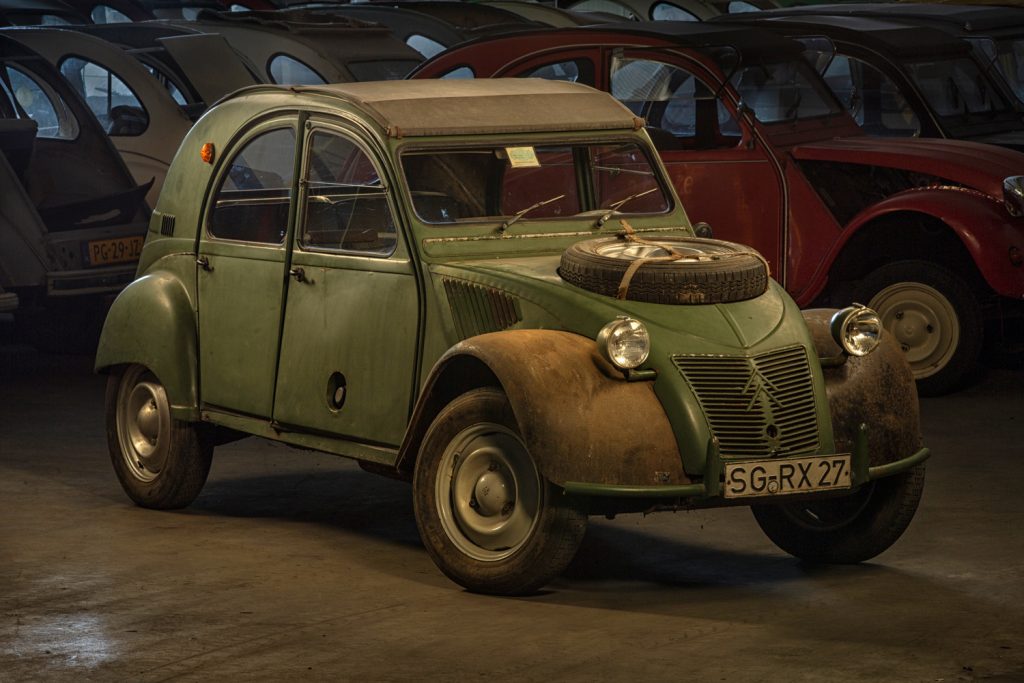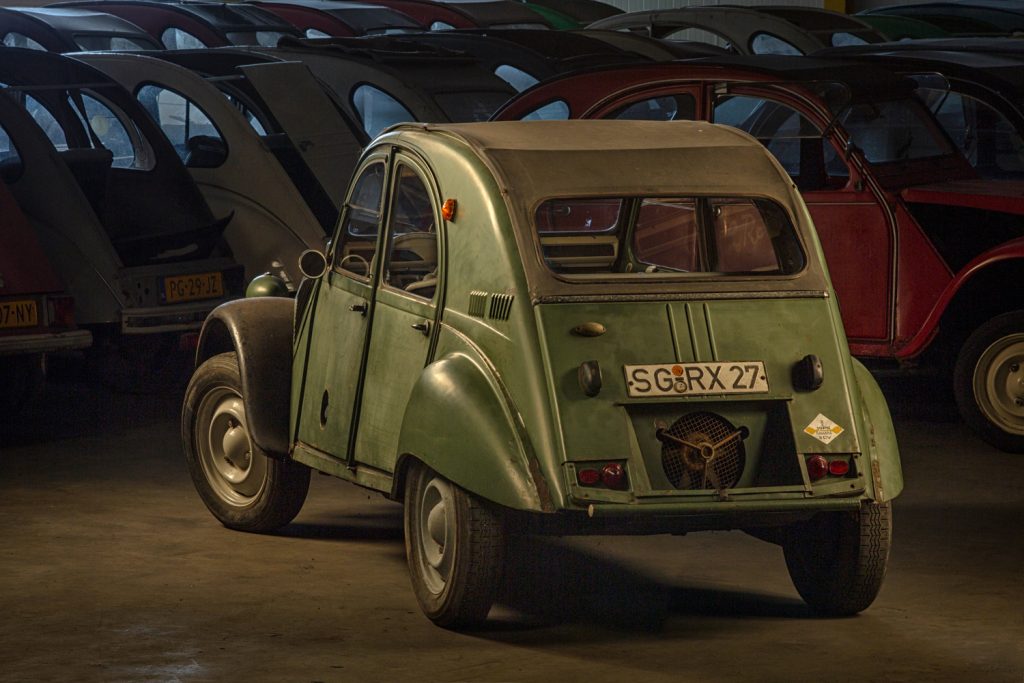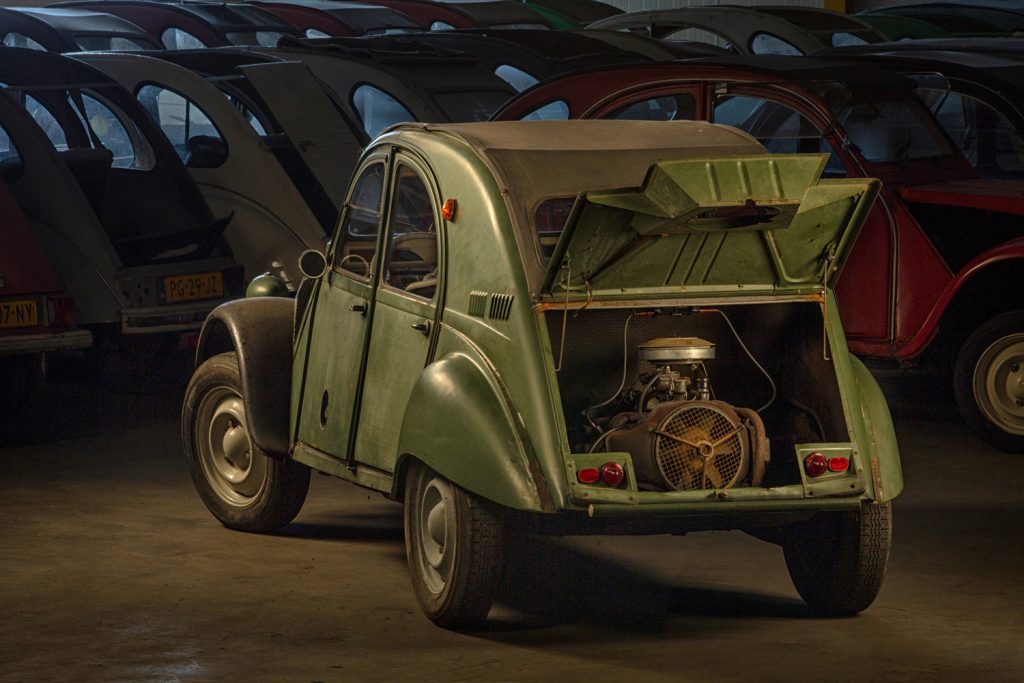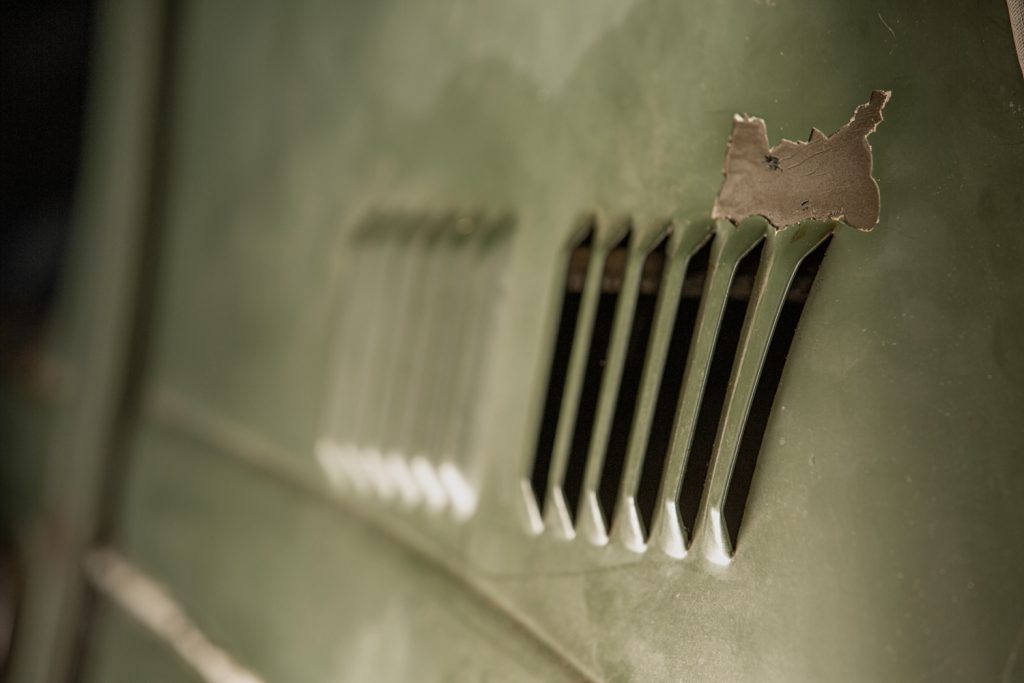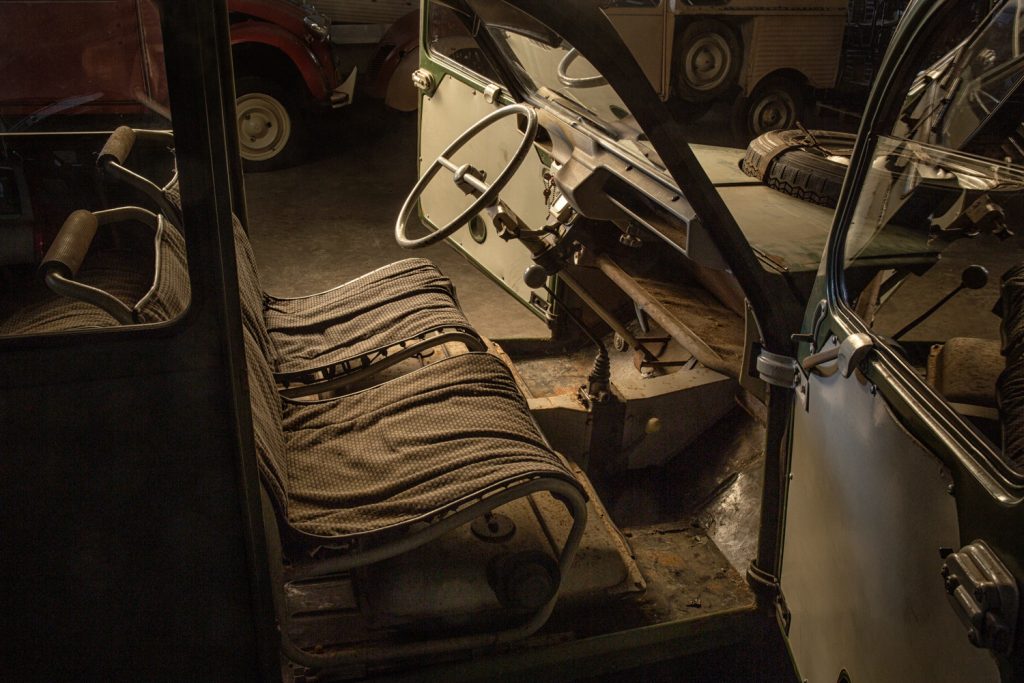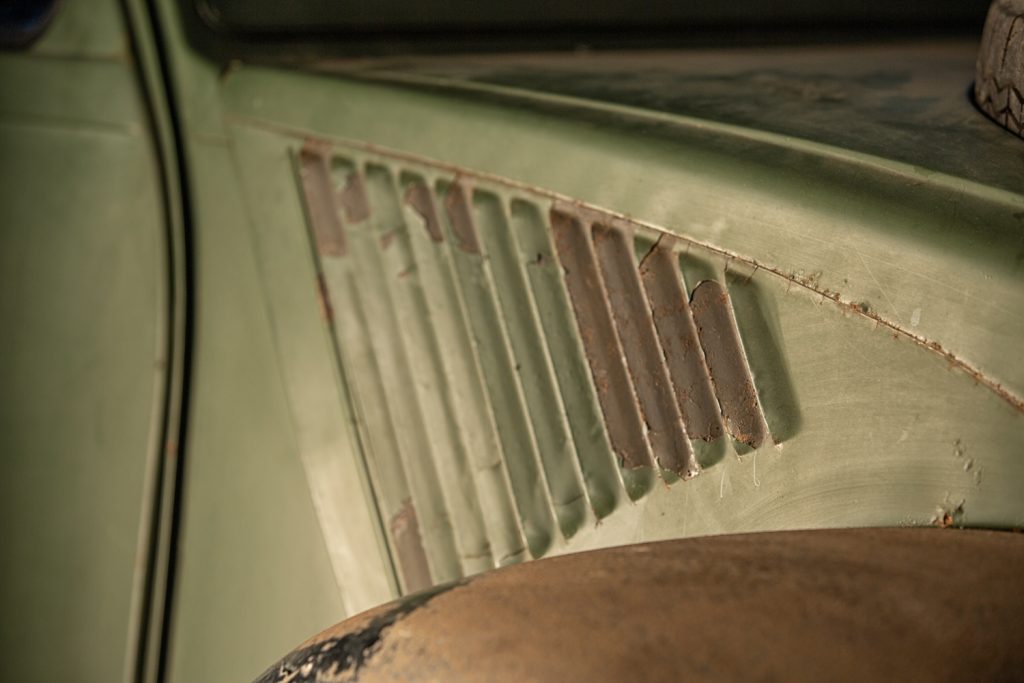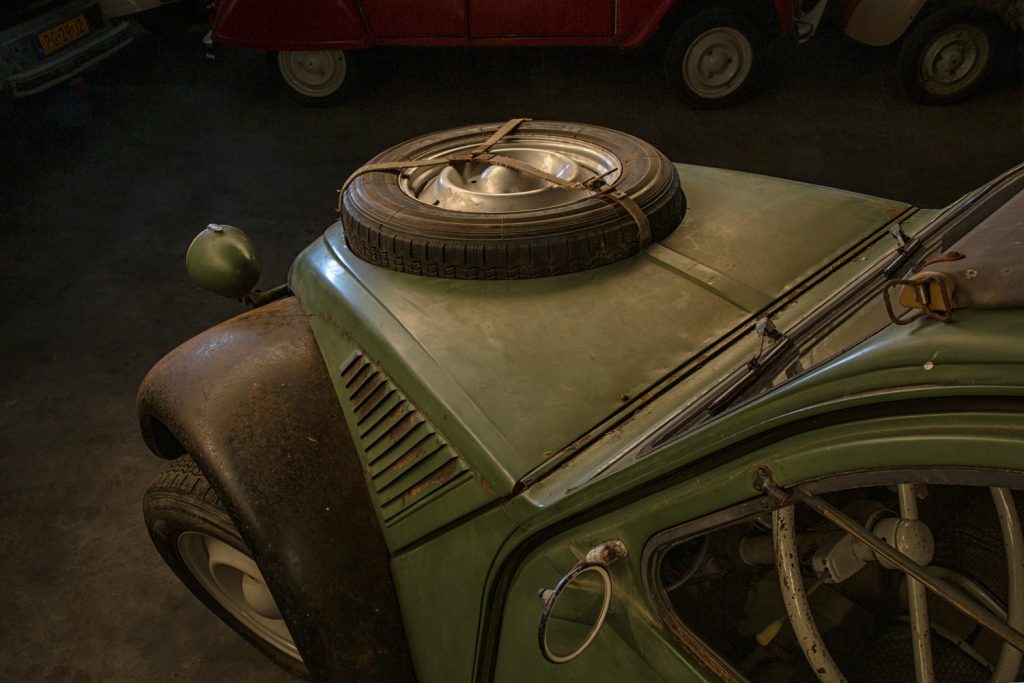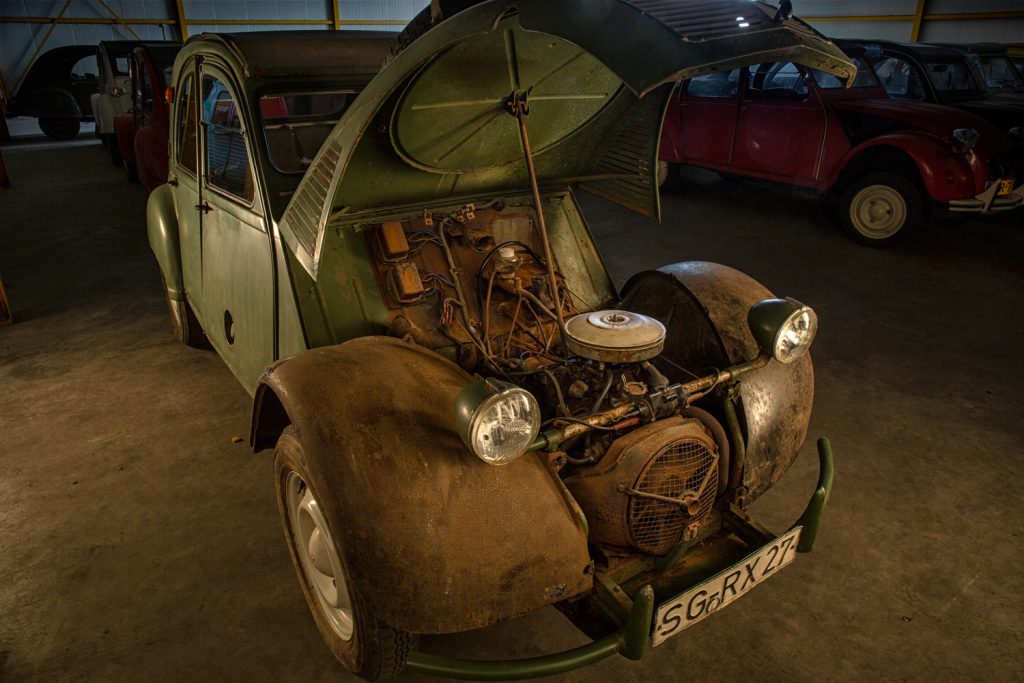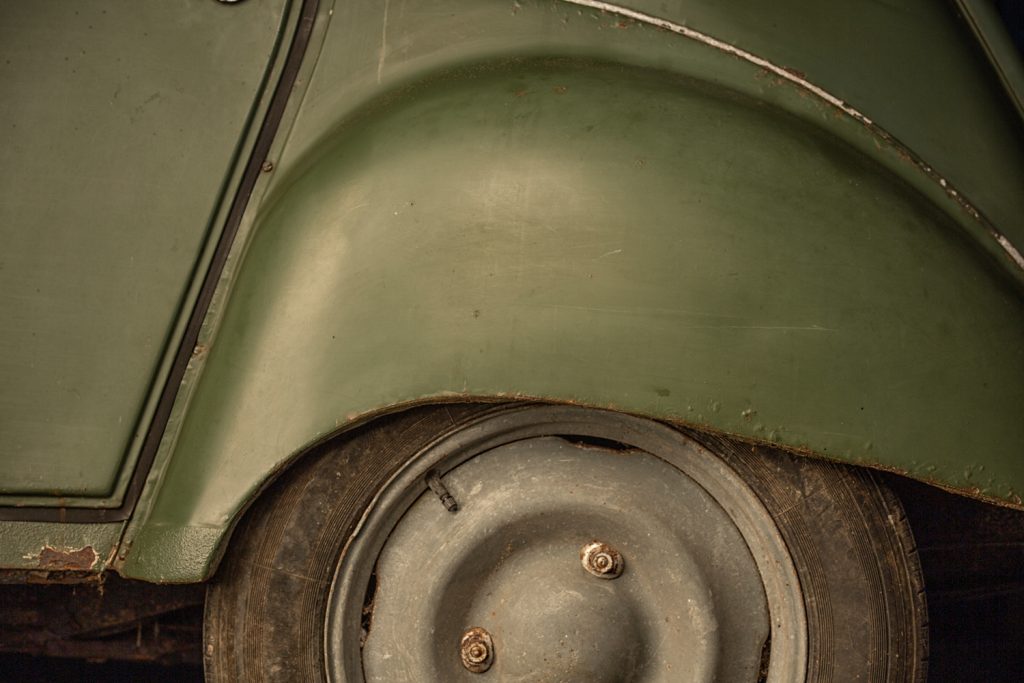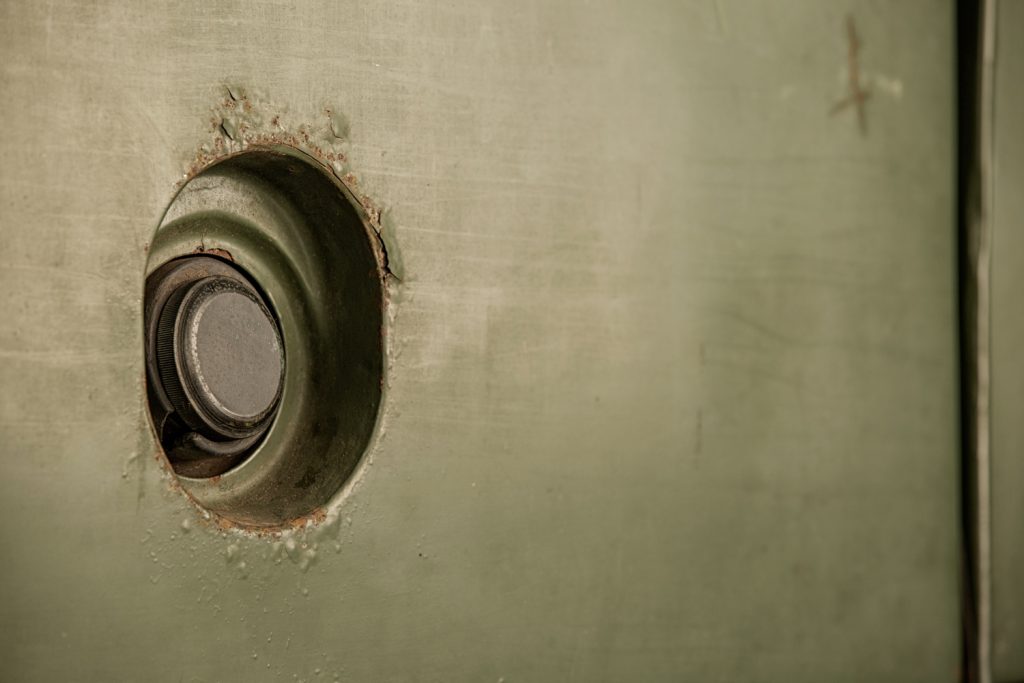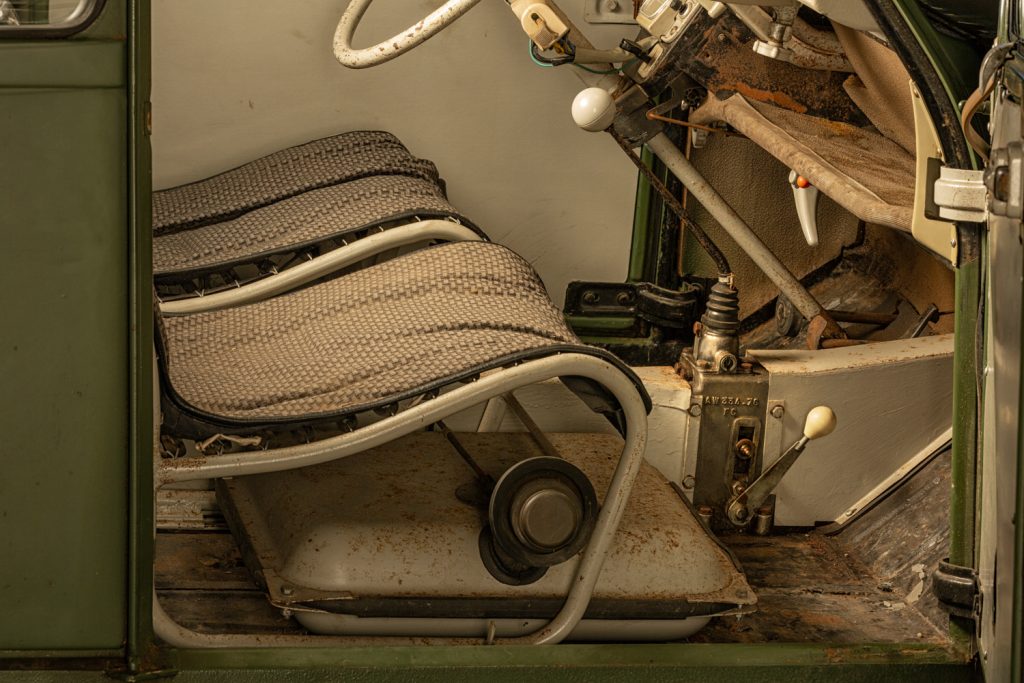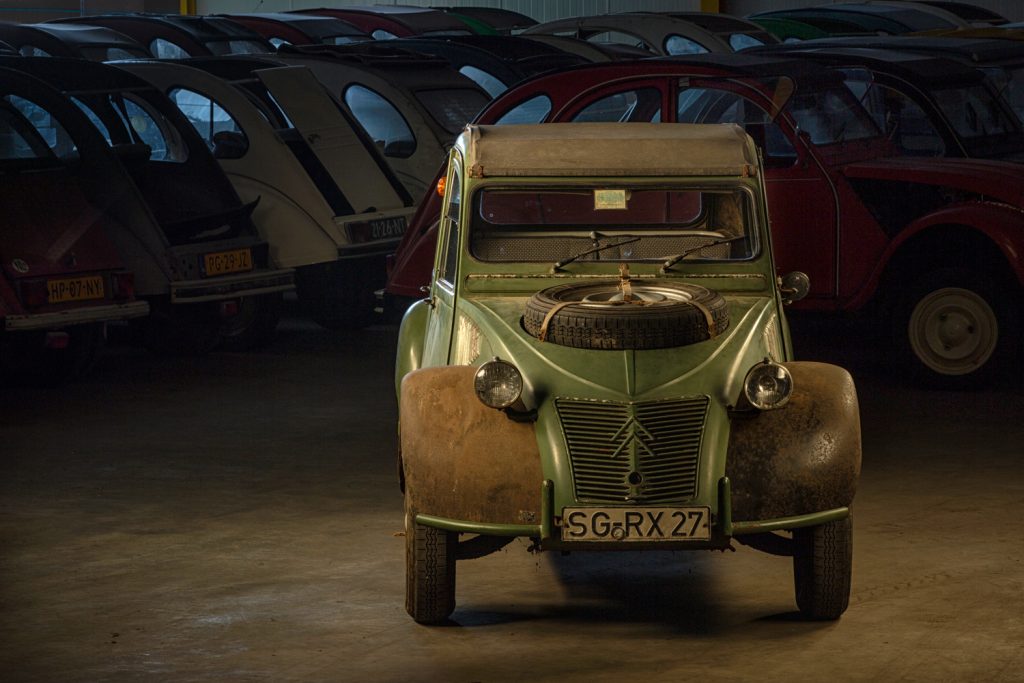2cv 4×4 Sahara
On Tuesday 29 June 1965, Mr Lauterjung walks into a local Citroën dealer, the Automobilhaus Ebbinghaus & Oberdiek in Solingen, Germany. He talks to the salesman, Mr Kehrer, and Mr Ebbinghaus Jr, and orders a Citroën Geländewagen Typ “Sahara”. That same day, the order is confirmed telling a standard Sahara will be delivered, painted in militärgrun. The expected delivery time is 5 weeks, the price is 10.150,- DM and an additional 150,- DM for transport and import documents.
Mr Lauterjung registers the car to his company, Gustav Lauterjung GmbH, Aluminium- und Metallgiesserei, though he only plans to use it for hunting. At the time Citroën only delivers colors that stand out a bit in a forest. Lauterjung’s wish to not scare off any wildlife probably explains his choice for dark green.
On August 2nd, the 2CV is technically inspected at the importer. Around the 11th, it is registered and delivered in Solingen. It is unclear whether the Sahara came from France – judging from the short delivery time, we would guess it didn’t. More likely, it was either already at the importer, or it came from the Belgian factory in Vorst. It will have been painted green in one of those places.
The oval-shaped reflectors on the rear match the specific Belgian models, and many German 2CVs from the 60s came from this factory. The Hella blinkers on its side and license plate lighting are also found on other 2CVs delivered to Germany. It is one of the first more modern models, with an electric windscreen wiper motor and doors that open to the front. Suicide doors were banned in ’65 to improve safety.
Apart from insurance certificates, the file that came with the car shows a few other facts. For instance, Mr Müller bumped into the Sahara’s right front wing with his Opel in ’67. The insurancecertificate also indicates a contrasting situation in the garage: the 2x 16hp (24kW) Sahara is flanked bya 300hp (221kW) Porsche. An inspection report from ’81 shows 17.324 km on the meter.
In March of ’83, the Sahara is sold to a local engineer – probably an acquaintance, seeing he also works in the aluminum casting industry. Shortly after, this man passes the car onto a Dutch enthusiast, who sold his Traction Avant to finance this dream car.
By then, the Sahara has gotten more modern front wings, with round blinkers. It had also been repainted in a lighter green. Becausethis model of blinkers was available from ’70 onwards, and the paintwork already seems weathered in pictures from ’83, we suspect that these changes happened somewhere in the mid 70s. Perhaps after another crash with Mr Müller?
When imported through the Tax Office in Leeuwarden, the Netherlands, their employee Van Der Zee notes that “this car has been factory equipped with two engines “. After being weighed and paying 653,70 guilders, the car is offered at the Department of Road Transport, where it only receives a license plate in May of ’84. It is taken on a few drives, but it never received an APK (which was introduced in ’85). The 20.000 km on its meter could be the distanceactually covered – we don’t see any clues for 100.000km extra – but we don’t have evidence to back it up. Perhaps the hunting trips were very short…
The Sahara is put away in the owner’s barn for years, along with a number of other classic Citroëns. The intention was to fully restore it sometime. The new old stock-front front wings were meant for this.One of the other front wings is still with the car as well; the other one was once borrowed to a damaged 2CV and was never returned. Apart from this, the car is very complete and original, nicely documented – a kind of time capsule.
The original engines, with the consecutive numbers documented at the importer in Köln, are still there and were started a while ago. Before it can pass an APK or Tüv, more work will need to be done: we can hardly wait to work on them. What should happen to its exterior and interior is a choice its new owner will have to make, we’re only its temporary custodian. We can imagine you’d like to leave it as is, or perhaps restore it back to the condition it was in delivered new.
